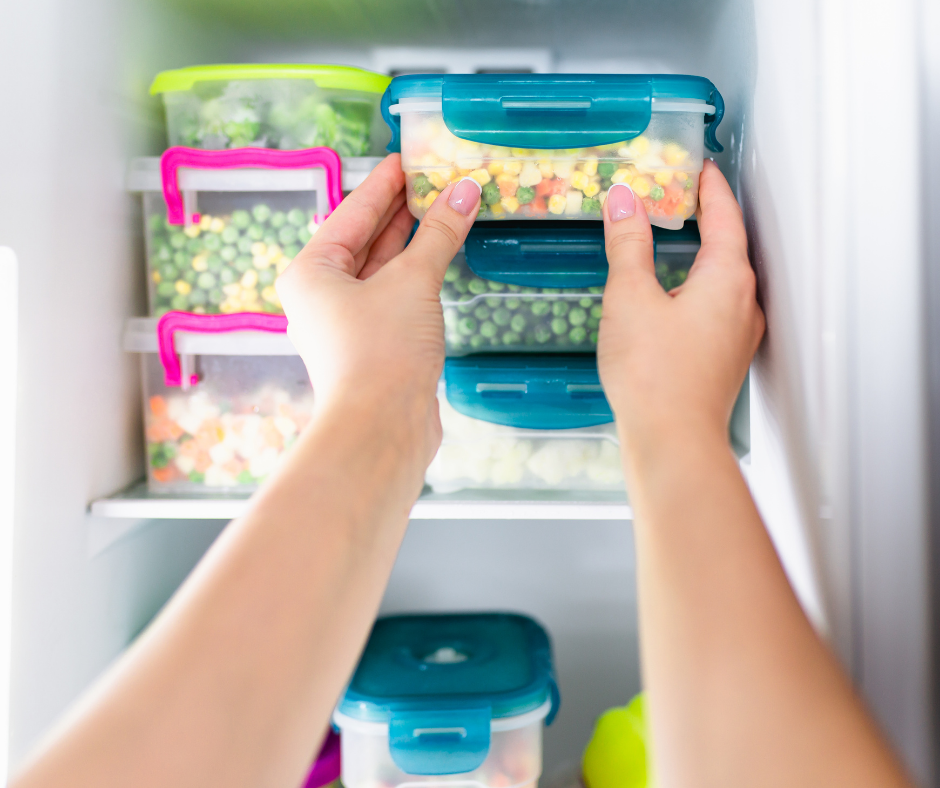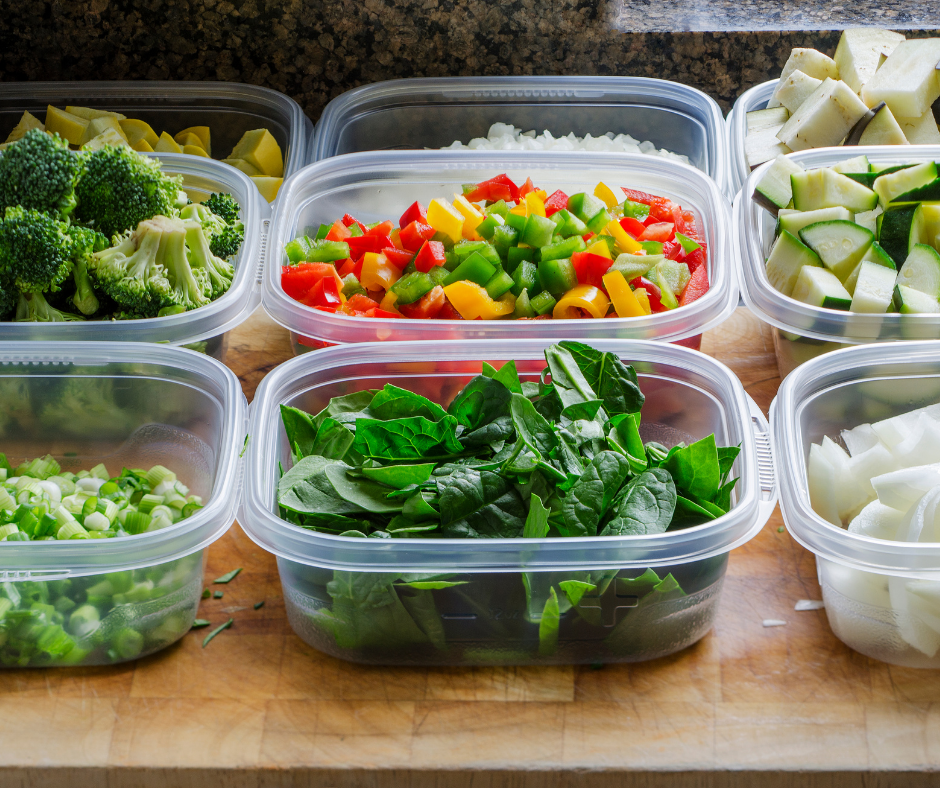We spend a lot of money on our food so it only makes sense that we know how to properly store them inside the refrigerator to get your money’s worth. Oftentimes, food that wasn’t properly stored just goes to waste so having a few food storages hacks up your sleeves can keep the shelf life of food longer. Having an efficient refrigerator is key to keeping food fresh and in good condition.
Condura’s Home Prima and Home Ultima series carries a variety of refrigerator that caters to your specific food storage needs. The Home Prima No-Frost Inverter is perfect for young families, single adults, business owners, and even empty nesters. For larger storage needs, you can opt for the Home Ultima No-Frost Inverter Multi-Door or the Home Ultima No-Frost Inverter Side By Side. There’s also the Home Ultima No-Frost Inverter Bottom Freezer. No matter what Condura ref you choose, maintenance is key for your appliance to function properly. Always keep your fridge clean so the items you put inside will not be contaminated and keep it in a cool temperature between 37°F to 40°F (between 2°C to 4°C) to prevent bacteria growth. Here are a few food storage hacks that can be useful for you:
-
Food containers 101 Investing in airtight food containers is one great food storage hack for you. Putting leftover food in airtight containers or sealed microwavable containers helps keep bacteria out, retain moisture, and prevent the leftovers from picking odors from other food in the ref.
 For fruits, placing them in a plastic bag with small openings help retain freshness. Berries and grape can last longer if placed in the crisper drawer of your fridge. Not all fruits can be refrigerated though. Avocadoes, mangoes, and melons will continue to ripen if you let it sit on a countertop table instead of placing them inside the ref.Leafy green vegetables should be rinsed and wrapped in a paper towel before refrigerated to stay fresh longer. When storing any chopped, sliced, or diced vegetables, keep them in airtight containers to keep their freshness intact. For prepared snacks like sliced fruits, green juices, or overnight oats, mason jars are good containers to retain the freshness. Fruits stored in mason jars can even last about twice as long as they would if you put them in plastic. Store raw meat, seafood, and poultry in a sealed container and never leave it uncovered. Having a small container insider your freezer for processed food is a great hack because you get to store them in one area and you can put in more things in your freezers like ice cream or refrigerator cakes.
For fruits, placing them in a plastic bag with small openings help retain freshness. Berries and grape can last longer if placed in the crisper drawer of your fridge. Not all fruits can be refrigerated though. Avocadoes, mangoes, and melons will continue to ripen if you let it sit on a countertop table instead of placing them inside the ref.Leafy green vegetables should be rinsed and wrapped in a paper towel before refrigerated to stay fresh longer. When storing any chopped, sliced, or diced vegetables, keep them in airtight containers to keep their freshness intact. For prepared snacks like sliced fruits, green juices, or overnight oats, mason jars are good containers to retain the freshness. Fruits stored in mason jars can even last about twice as long as they would if you put them in plastic. Store raw meat, seafood, and poultry in a sealed container and never leave it uncovered. Having a small container insider your freezer for processed food is a great hack because you get to store them in one area and you can put in more things in your freezers like ice cream or refrigerator cakes.
-
Know where to place your food The cooling function of refrigerators works differently across its shelves and drawers so knowing where to place certain items inside for storage can have an impact on their shelf life.If you happen to store raw meat and seafood in the fridge instead of the freezer, make sure it is placed at the top or middle section. Just make sure that you place it in a sealed container so it won’t spread bacteria to other items inside. Ready-to-eat food should be stored at the topmost shelf to prevent cross-contamination. You can also place anything that doesn’t need cooking on the upper shelves like leftovers and other dips since the upper shelves have the most consistent temperature.For fruits and vegetables, the crisp drawer is a perfect storage place for them. Milk or milk alternatives should be stored at the bottom shelf, where the temperature is usually the coldest. Keeping milk at a colder setting can extend its shelf life. You can store juices or water jugs near the door. As per condiments, keep this in mind: “condiments containing dairy, vegetables, and fruits should be refrigerated”.
-
Freezing technique Most wais moms and housewives will usually buy things in bulk to save time and money, but sometimes they purchase more than they can consume.If you bought too much milk and you don’t want it to spoil, it’s safe to freeze it to extend its shelf life. Defrost milk in the middle shelf of the fridge and not outside to prevent bacterial growth. For lactating mothers, you can store breast milk at the back away from the door. It can last up to 3-8 days, but is ideal to be consumed within 72 hours. You can also freeze breast milk for 2 weeks up to 6 months if placed in a self-contained freezer.If you have too many vegetables and want to preserve them for the next few days, you can chop them up and blanch them in boiling water. Then put them in a zip bag and freeze them. They’ll be ready for thawing and cooking once you need them. Herbs can also be frozen with a bit of water or olive oil in an ice cube tray.

-
Upside Down Method One great food storage hack from stopping food in jars from going moldy to store them upside down in the fridge. Experts say that by turning the jar upside down, the surface where a mold may land when you open a jar is now squashed against the lid without much air, making it more difficult to grow.This trick works best for thick food in jars like pasta sauce, pesto sauce, salsa, and tomato paste. For other condiments like mayonnaise, bottled ketchup, or jams, the upside-down method isn’t necessary but know that once you open a jar or a bottle of any condiment, it should be stored in the ref to maintain product quality.
Knowing how to properly store your food is knowing how to maintain their freshness and quality, as well as knowing how to get your money’s worth. Try some of these tips and see how you can keep your food fresh for longer.

 For fruits, placing them in a plastic bag with small openings help retain freshness. Berries and grape can last longer if placed in the crisper drawer of your fridge. Not all fruits can be refrigerated though. Avocadoes, mangoes, and melons will continue to ripen if you let it sit on a countertop table instead of placing them inside the ref.Leafy green vegetables should be rinsed and wrapped in a paper towel before refrigerated to stay fresh longer. When storing any chopped, sliced, or diced vegetables, keep them in airtight containers to keep their freshness intact. For prepared snacks like sliced fruits, green juices, or overnight oats, mason jars are good containers to retain the freshness. Fruits stored in mason jars can even last about twice as long as they would if you put them in plastic. Store raw meat, seafood, and poultry in a sealed container and never leave it uncovered. Having a small container insider your freezer for processed food is a great hack because you get to store them in one area and you can put in more things in your freezers like ice cream or refrigerator cakes.
For fruits, placing them in a plastic bag with small openings help retain freshness. Berries and grape can last longer if placed in the crisper drawer of your fridge. Not all fruits can be refrigerated though. Avocadoes, mangoes, and melons will continue to ripen if you let it sit on a countertop table instead of placing them inside the ref.Leafy green vegetables should be rinsed and wrapped in a paper towel before refrigerated to stay fresh longer. When storing any chopped, sliced, or diced vegetables, keep them in airtight containers to keep their freshness intact. For prepared snacks like sliced fruits, green juices, or overnight oats, mason jars are good containers to retain the freshness. Fruits stored in mason jars can even last about twice as long as they would if you put them in plastic. Store raw meat, seafood, and poultry in a sealed container and never leave it uncovered. Having a small container insider your freezer for processed food is a great hack because you get to store them in one area and you can put in more things in your freezers like ice cream or refrigerator cakes.